1. Uniting the Block in a Celebration of Culture
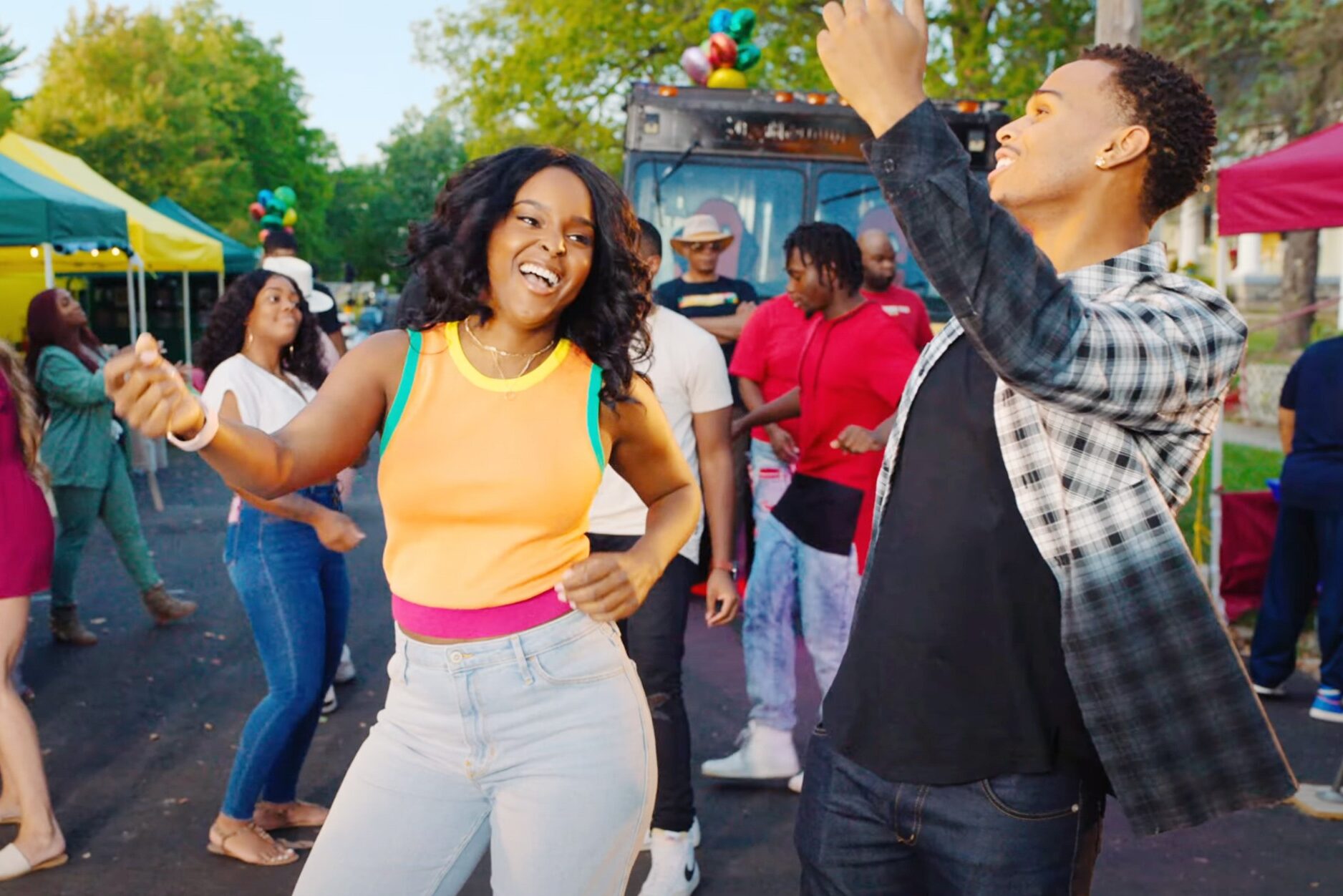
In the ’80s, block parties became the centerpiece of neighborhood culture. They brought together everyone, from the older generations reminiscing about their past to the younger crowd just beginning to form their own identities. It wasn’t just about the music or the food; it was a celebration of being part of something bigger than yourself. These gatherings were a visual representation of what it meant to belong to an urban community. You’d find people chatting and dancing with neighbors they’d barely spoken to outside the block party, making it a rare moment where barriers of age, race, and background seemed to disappear. The parties turned familiar streets into vibrant streetscapes, with kids playing tag on one side while adults swapped stories under the glow of string lights on the other.
The essence of these block parties lay in the free-flowing connection they sparked among people who were, for the most part, too busy with daily life to interact says Mic. It was a time to reconnect with neighbors, and it had a real, lasting effect on how everyone saw their surroundings. The sense of belonging was undeniable. Music played a significant role, with DJs and boom boxes blasting the latest tunes, creating an electric atmosphere that was hard to ignore. Everyone had their spot, and in this communal setting, even the quietest person found a way to participate. These moments became a way of celebrating shared experiences, often tied to the pulse of the city and the cultural movements that defined the ’80s, from hip hop to early rap music. When these events were over, the memories lingered—memories of laughter, dance, and, most importantly, a feeling of community that could never quite be replicated.
2. The Music That Defined the Era
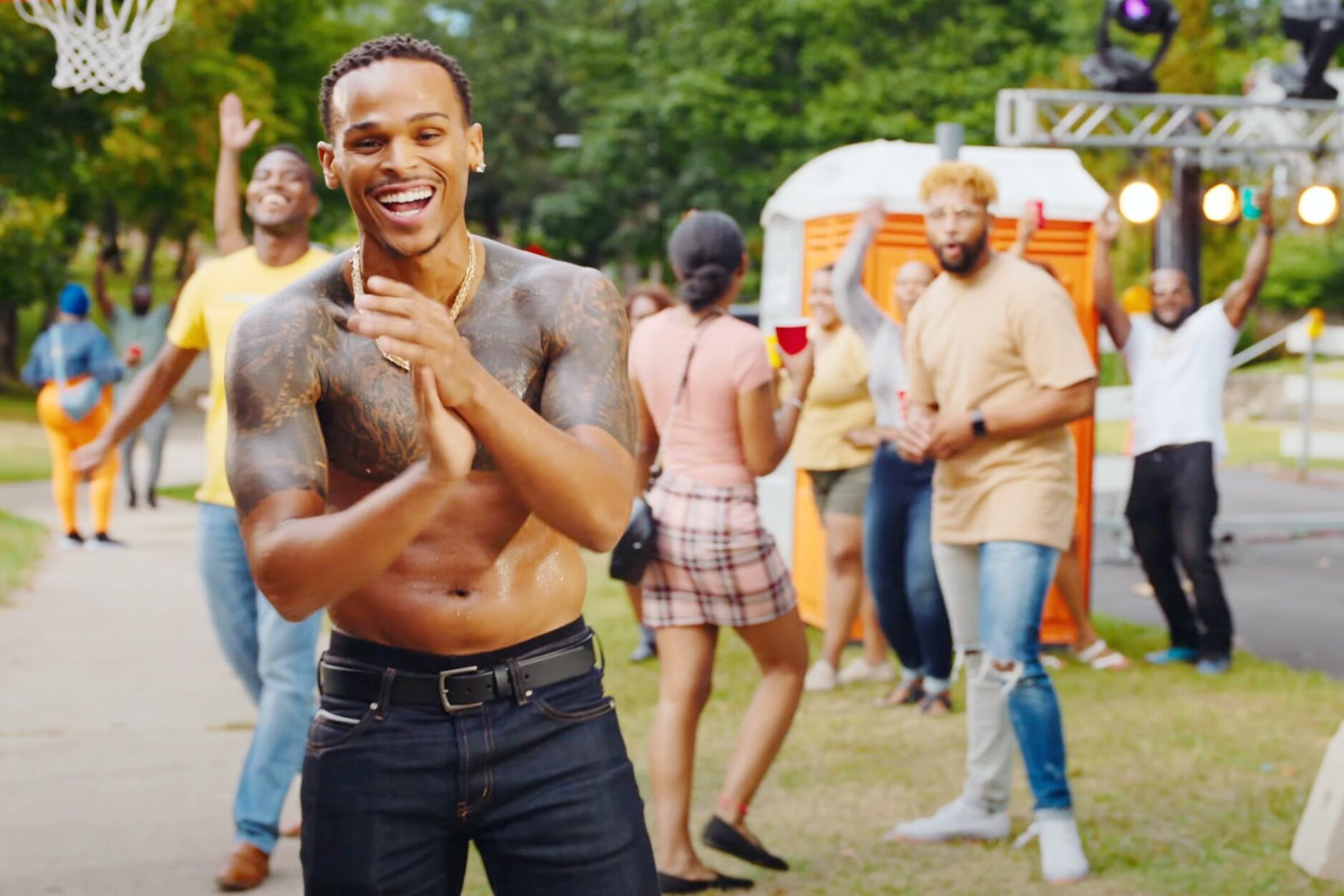
Music was the backbone of every ’80s block party. It wasn’t just background noise; it was the heartbeat of the celebration. Block parties gave people a chance to immerse themselves in the hottest songs of the moment. Whether it was the rise of hip hop with legends like Run-D.M.C. or the pop sounds of Michael Jackson, the tunes got everyone moving. It was an auditory reflection of the time, from the scratch of vinyl records to the boomboxes that carried the sound to every corner of the block. The best part? No one was too shy to join in. There were always a few people who took over the dance floor, showing off breakdancing moves or mastering the moonwalk, but everyone had a go. Even those who weren’t natural dancers found themselves swaying to the beat, encouraged by the energy that filled the air. The beauty of it was that anyone, no matter their background, could find common ground in music. It was the universal language according to the Smithsonian.
What made these block parties so unique was the way music was shared. It wasn’t like today’s streaming services where playlists are curated by algorithms; instead, people played the songs they loved, often introducing their neighbors to new sounds. The DJ or the boombox was the star, and that’s what gave everyone an opportunity to express themselves. Whether you were on the sidelines enjoying the sounds or dancing in the middle of it all, you were contributing to something bigger. People of all ages would gather around, nodding their heads or clapping along to the beat. You didn’t have to know the lyrics to join in—you just had to feel the rhythm. It’s no surprise that these events helped foster the growth of urban music culture, with neighborhood DJs becoming local celebrities and the music itself shaping the trends that dominated the next decades.
3. The Dance Competitions That Were a Right of Passage

One of the standout features of the ’80s block parties was the impromptu dance competitions. It was almost like a rite of passage for the kids on the block—if you could dance, you could gain street cred. Breakdancing was in full swing, and kids competed to showcase their best moves. Whether it was spinning on your head or attempting complex footwork, these dance-offs were a source of pride and excitement. You’d see people create circles on the sidewalk, with spectators cheering on the competitors who dared to show their skills. Everyone had their favorite dancers, and often the crowd was as much of a participant as the dancers themselves, clapping and chanting to the rhythm of the battle explains Gotta Dance.
But these competitions weren’t just about showing off the latest moves—they were about community pride. If you were lucky enough to have the best moves, you became a local legend. These battles were more than just fun; they were how you made a name for yourself in the neighborhood. Sometimes it was more about style than technical ability, with dancers expressing themselves through the clothes they wore or the attitude they carried. It was a mix of street culture and creative expression that made these moments unforgettable. And, of course, the best part was when the music switched up, and new moves were invented on the fly, with everyone trying to keep up. These dance-offs were more than just entertainment; they were a bonding experience for everyone who witnessed them.
4. Free Food That Tasted Like Heaven
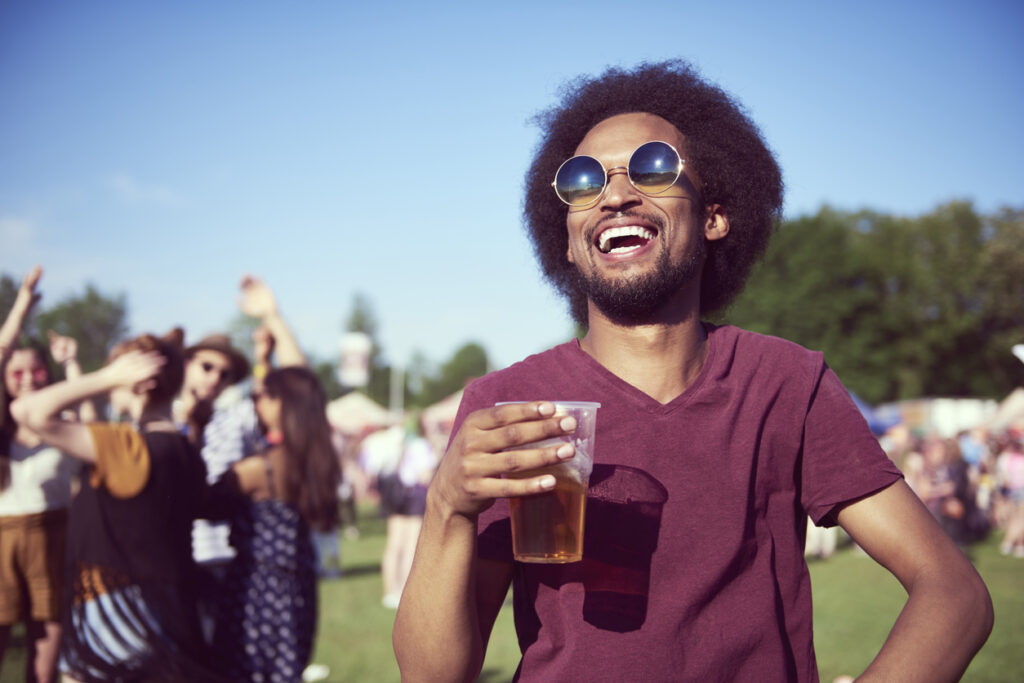
Food at block parties was always a highlight. When the grill was fired up, it wasn’t just about having a meal—it was about the shared experience of eating together. You could smell the sizzling hot dogs and burgers from blocks away. Neighborhoods turned into makeshift outdoor kitchens, with families cooking their favorite dishes and sharing them with everyone. There was a sense of hospitality in the air, as if every person in the community had something to offer. From the delicious smell of seasoned meats to the warm, homemade desserts, the food wasn’t just sustenance—it was a symbol of the community’s generosity. Some families brought out large pots of gumbo or stews, adding a personal touch that made every dish feel special according to WLOS.
Even those who didn’t have much to contribute always found a way to join in. The beauty of these events was that they were inclusive. You didn’t need a fancy recipe or a lot of money to enjoy the food; it was all about what you had to share. As the day went on, the food turned into a celebration of culture, with different flavors representing the diverse backgrounds of everyone in the neighborhood. People would gather around picnic tables, enjoying the tastes of different traditions, often sharing stories about how their dishes came to be. These moments of culinary exchange made block parties feel even more personal and connected. For many, it was a reminder that no matter what challenges you were facing, there was always enough food to go around when the community came together.
5. The Allure of the ’80s Street Fashion
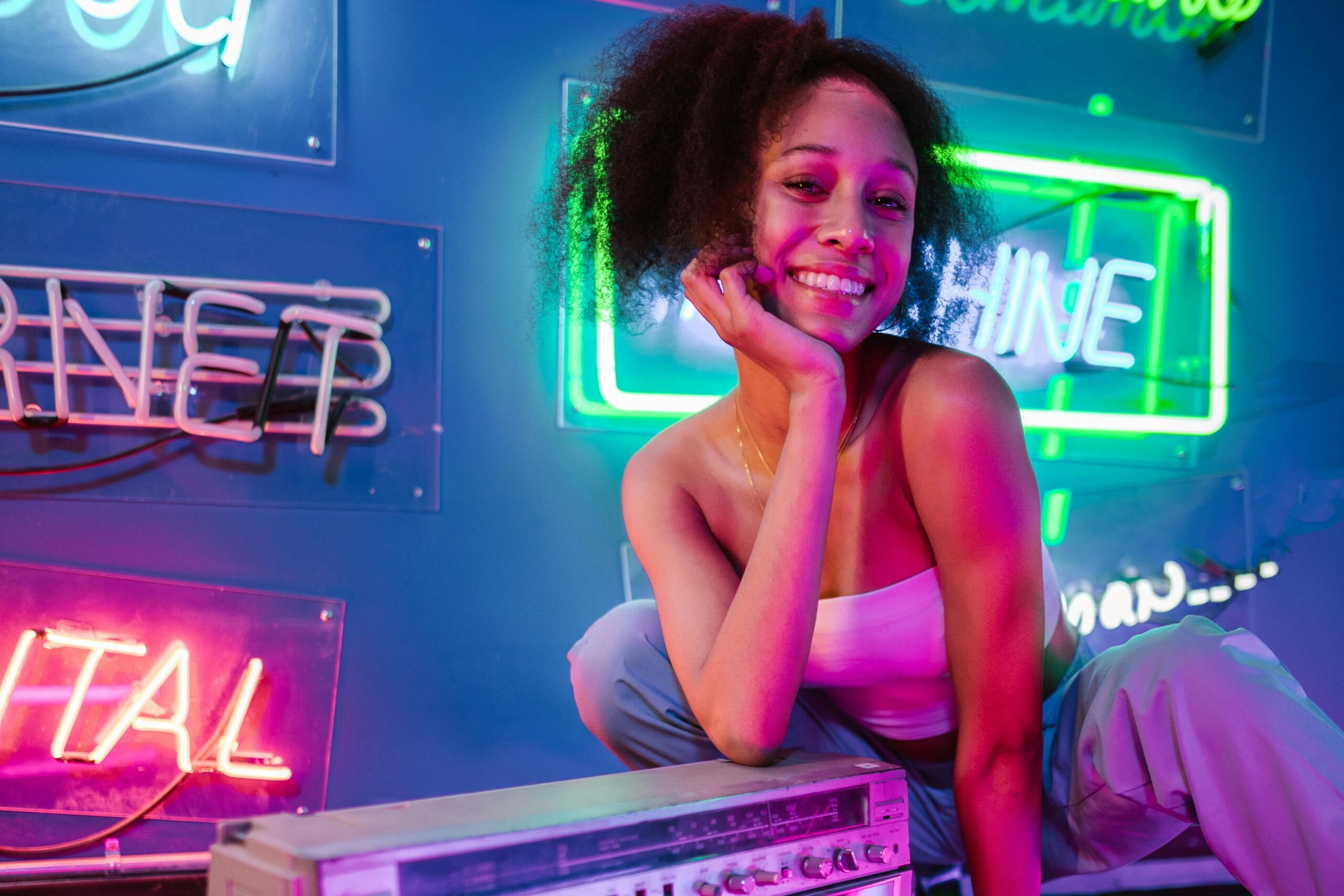
If there’s one thing that defined the ’80s block parties, it was fashion. The streets became an outdoor runway for the latest trends. From neon colors and oversized jackets to baggy jeans and leather, everyone came out dressed to impress. Fashion was as much about attitude as it was about clothing. These parties were a time to express individuality, and what better way to do that than with the latest fashions? You’d see the guys sporting flat-top haircuts and sneakers, while the women rocked bold prints and large earrings. The urban streets were filled with style icons, and these block parties were the perfect stage for showcasing new trends. It wasn’t just about looking good—it was about feeling confident and owning your style.
Fashion at these block parties wasn’t limited to just the clothing. Accessories like chunky gold chains, bandanas, and oversized sunglasses became part of the look. It was the heyday of hip hop influence, and everything from your sneakers to your jacket became a way to identify with the movement. This was the era where people started wearing their cultural pride on their sleeves, whether through the clothes they wore or the way they styled their hair. What made these parties so special was that they allowed everyone, from young kids to older generations, to express themselves through fashion. As the night wore on and the music played, these outfits became more than just clothes—they became part of the event itself. Fashion was woven into the very fabric of these block parties, elevating them from simple gatherings to cultural statements. Pinterest has ideas if you’re feeling nostalgic.
6. Neighbors Becoming Lifelong Friends
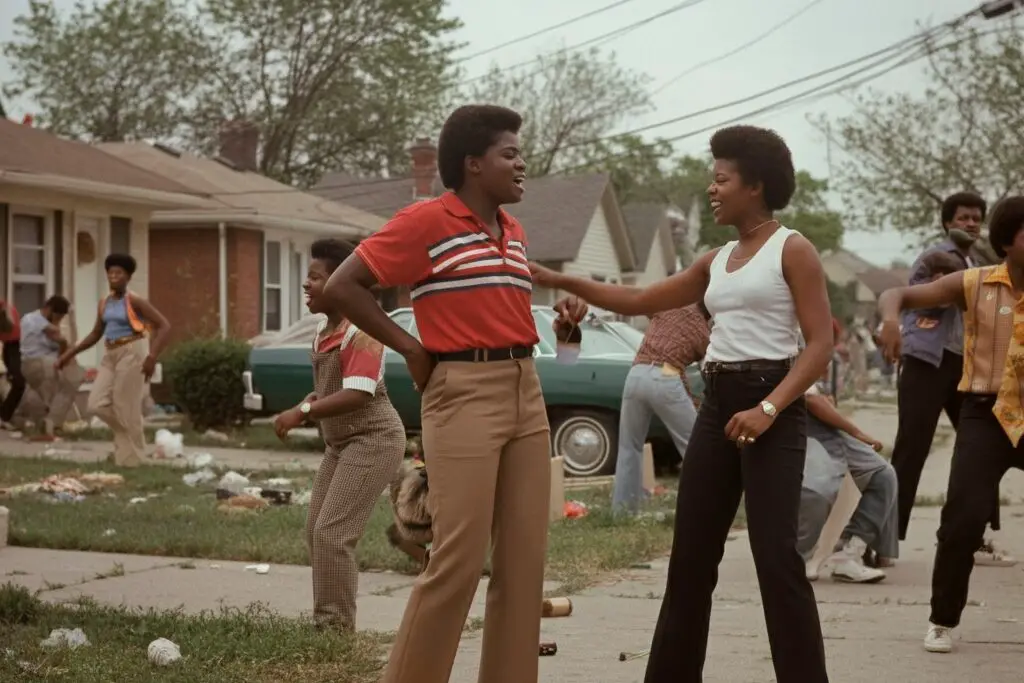
One of the most powerful aspects of ’80s block parties was the way they created lasting friendships. You could move to a neighborhood and feel like a stranger, but a block party had the power to change that in a matter of hours. The shared experience of the event—dancing, eating, and simply hanging out—brought people together in ways that other events couldn’t. Often, you’d end up talking to neighbors you’d never met before, and by the end of the day, you’d exchanged phone numbers and promises to meet up again. The casual, laid-back vibe of the block party encouraged interactions that might not have happened otherwise. This wasn’t just a one-time occurrence; people started looking forward to these gatherings, and over time, strong bonds formed. Kids who met at block parties stayed in touch, and adults started inviting each other to family events outside of the block party scene.
But the friendships weren’t just confined to one generation. It wasn’t uncommon for children to befriend the elderly, learning from their stories while the older generation got to witness the youthful energy of the block. These relationships were built on mutual respect and shared experiences. The block party became the perfect place to break down barriers and build bridges between people from different walks of life. People got to see each other as more than just neighbors—they became friends, allies, and even extended family. The beauty of it all was that no matter where you were from, you could count on the support and camaraderie of your neighbors.
7. The Family-Friendly Atmosphere
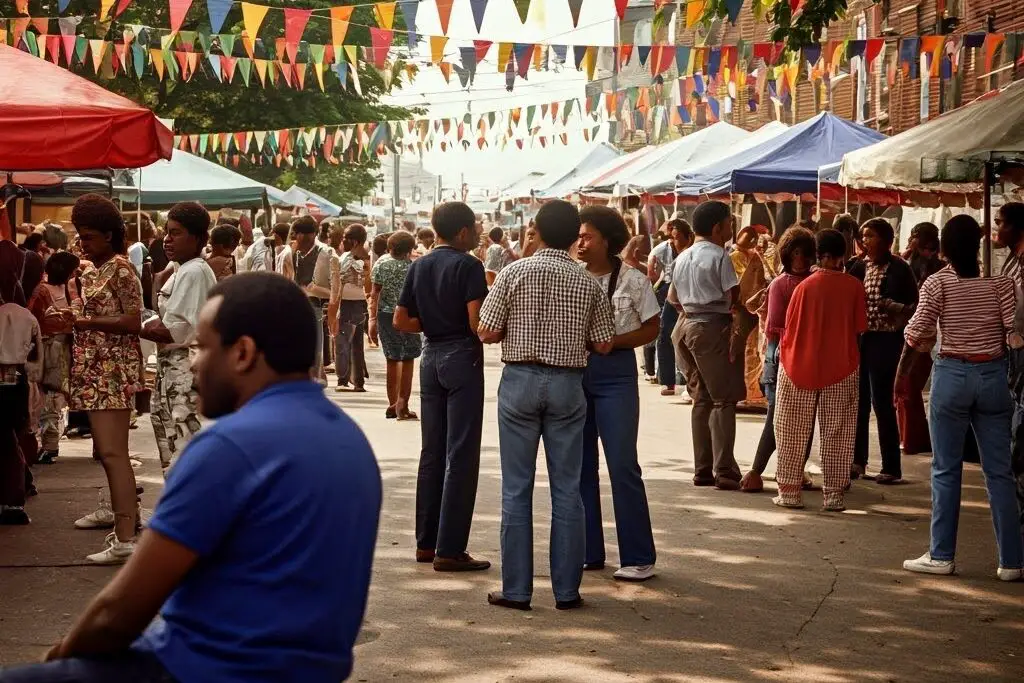
Block parties in the ’80s were among the most family-friendly gatherings around. They catered to all ages, from toddlers running around with balloons to grandparents sharing a laugh with their neighbors. It wasn’t uncommon for the younger kids to have their own area to play games, like freeze tag or hopscotch, while the older crowd enjoyed the music and food. This division made everyone feel comfortable and allowed the different generations to connect in their own ways. There was an inherent understanding that the block party wasn’t just for one group of people—it was for the entire community. Families looked forward to the chance to get out of the house and socialize, and parents were able to relax while knowing their kids were having a great time just steps away.
The sense of safety and togetherness at these events made them a great option for families looking to have fun without worrying about the usual distractions of city life. Parents didn’t have to worry about their children running wild in an unsafe environment; the whole neighborhood kept an eye on one another. The communal nature of these block parties created a sense of shared responsibility. If a child got too far from the crowd, there was always someone ready to step in and help. It was this feeling of collective care that made these events so special. They weren’t just a good time—they were a symbol of what a connected, supportive neighborhood could look like.
8. Local Talent Taking the Stage
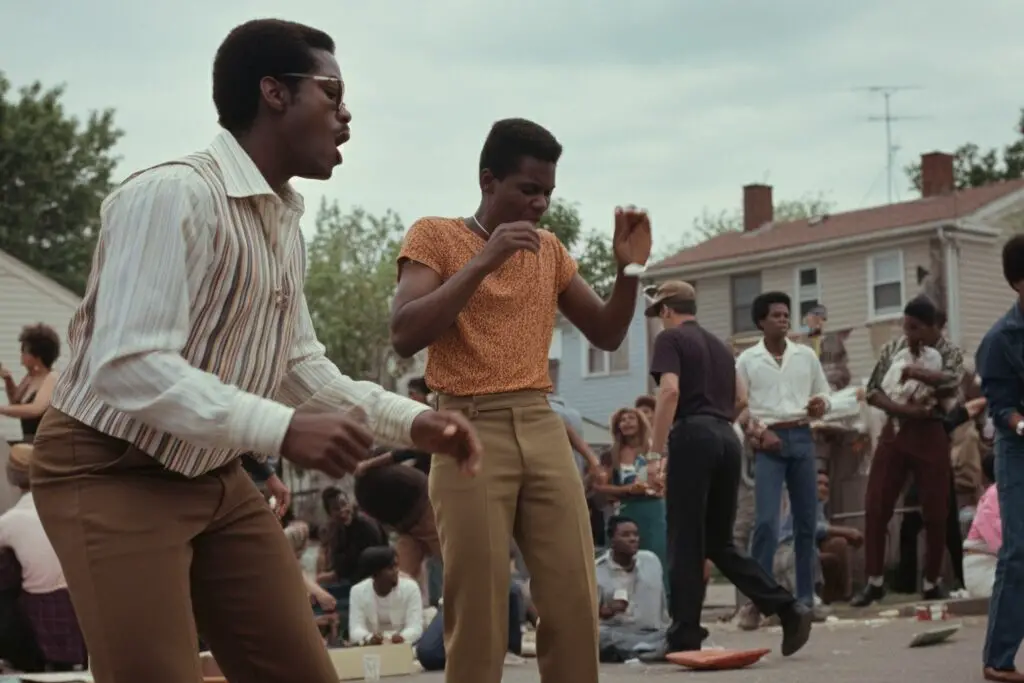
At ’80s block parties, there was always a stage for local talent. Whether it was a group of kids performing a breakdancing routine or an aspiring DJ trying their hand at mixing, these events were a chance for people to showcase their skills. It was an environment where you could find undiscovered talent just around the corner, and it wasn’t unusual for the block party to feature local musicians, poets, or dancers who weren’t yet famous but were destined for greatness. These performances created an energy that fueled the entire party. For many, it was a first taste of performing in front of an audience, and the feedback from the crowd—cheering and clapping—made it an unforgettable experience.
What made these performances so exciting was the sense of discovery. You didn’t have to travel far to find the next big thing. These performances felt personal because they were happening right in your own backyard. People didn’t just watch these talents—they actively supported them, whether by cheering them on, joining in the dance, or spreading the word. It created an ecosystem where people uplifted one another and celebrated local artistry. These block parties often became the breeding grounds for the next generation of performers, giving them a platform that bigger stages couldn’t.
9. The Good Old-Fashioned Fun of Carnival Games
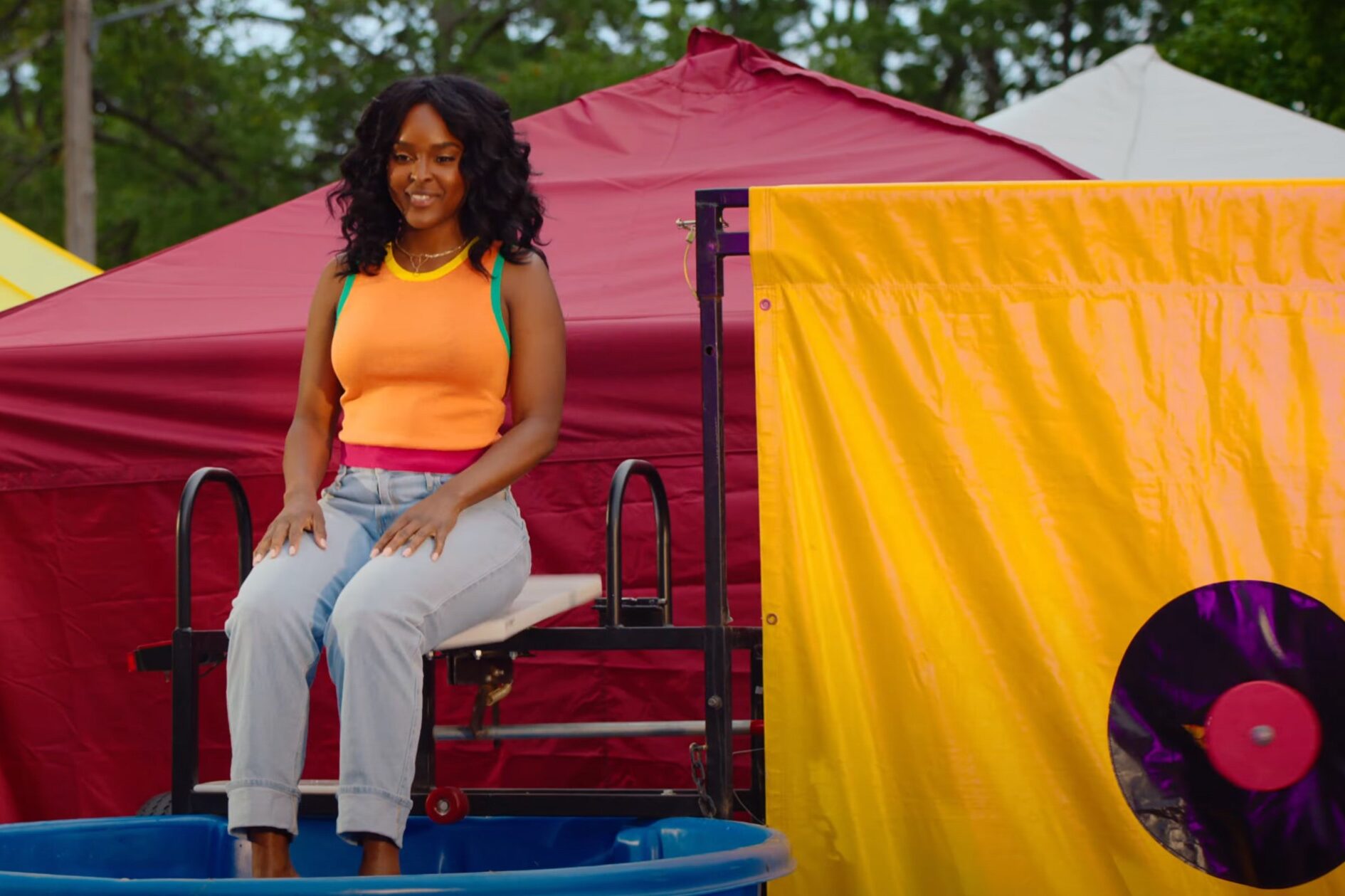
While music and dancing often took the spotlight, there was another aspect of ’80s block parties that shouldn’t be overlooked: the carnival games. These weren’t the high-tech, commercialized versions you’d find at an amusement park today. No, these were good, old-fashioned street games like sack races, three-legged races, and the occasional ring toss. The energy of these games was contagious. No one was too old or too cool to participate. It wasn’t about winning—it was about having fun with your neighbors and creating memories that would last a lifetime. Often, the kids would create their own rules, turning these games into something completely unique to the neighborhood.
The best part was that the games allowed everyone to feel included, no matter their age. Kids could join in with the adults, and even the most reserved people would find themselves caught up in the excitement. It was one of the rare moments when everyone could be on the same level, competing in silly but entertaining games that didn’t require any special skills or equipment. It was just about having a good time, laughing at the mishaps, and celebrating victories, no matter how small. These games were the glue that held the community together, offering simple pleasures in a world that was often too complicated. Block party carnivals brought people back to a time when fun didn’t need to be expensive or extravagant—it just needed to be shared.
10. The Nostalgia of the Moment
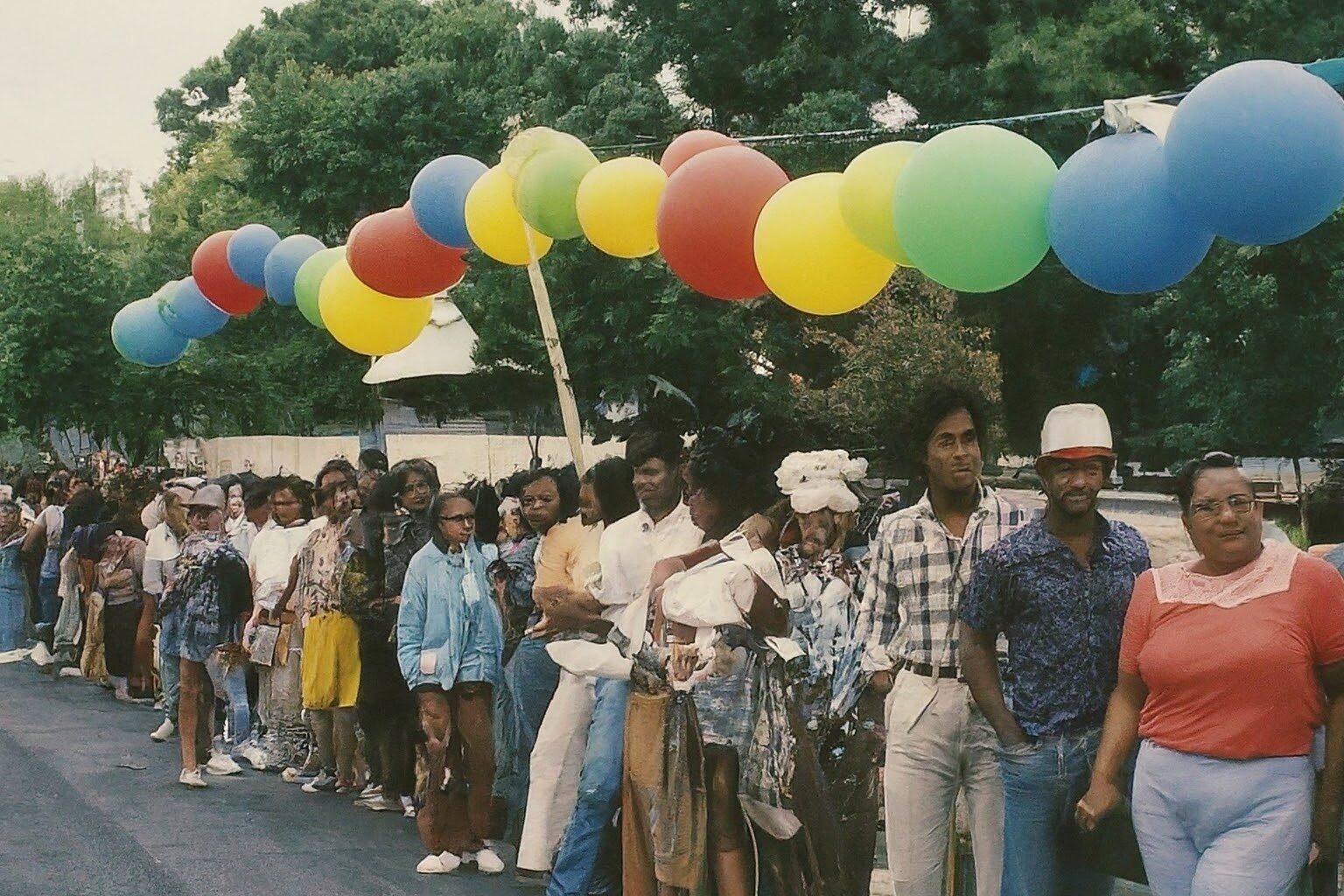
There’s something uniquely nostalgic about the ’80s block parties. For those who experienced them, they remain a cherished memory, a time when life seemed simpler and more carefree. These events were like a snapshot of an era—capturing the essence of a time before smartphones, before social media, when people truly connected with each other face-to-face. The bright neon clothes, the DJ spinning vinyl, the smell of food wafting through the air—it all created an atmosphere that’s hard to replicate today. Block parties became symbols of the ’80s, and for those lucky enough to be part of them, they were the perfect reminder of a time when community mattered more than anything else.
Even today, looking back on those days brings a sense of warmth. The people you met at those block parties—whether they were friends or just friendly faces—became part of your personal history. The laughter, the music, and the games became woven into the fabric of who you were. There’s something timeless about those moments, and it’s no surprise that for many, they represent the best part of growing up in urban neighborhoods during that decade. The memories are vivid and cherished, giving people a sense of pride in the community they came from. They remind us that sometimes the simplest pleasures are the ones that stay with us the longest.
11. The Lasting Legacy of ’80s Block Parties
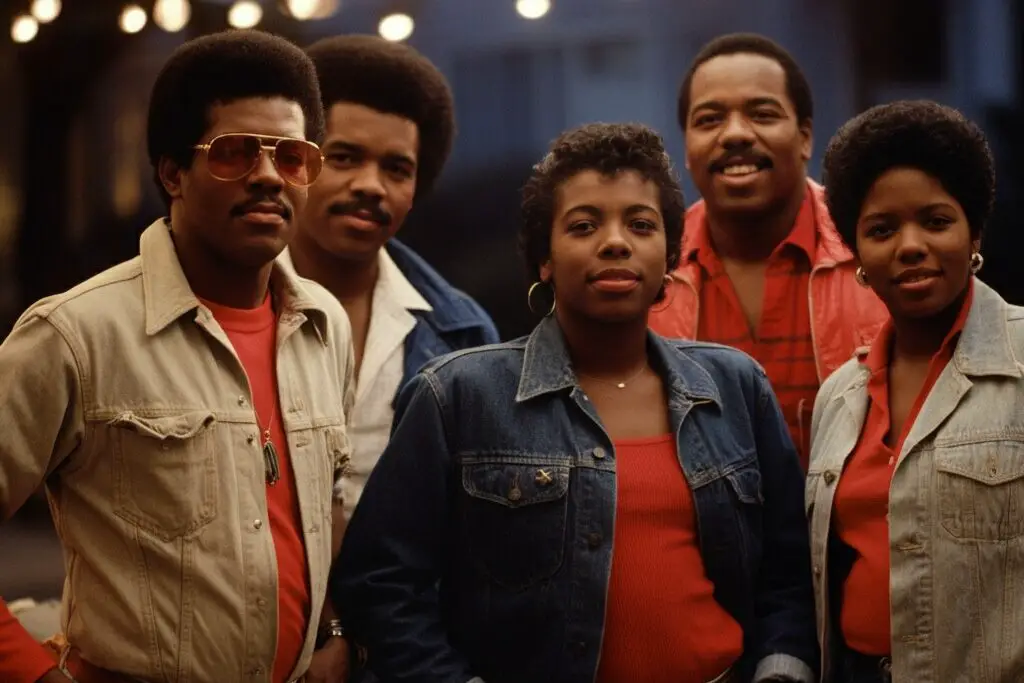
The impact of ’80s block parties on urban neighborhoods cannot be overstated. While the specific traditions may have evolved, the sense of community they instilled remains a part of the urban fabric today. These block parties were the birthplace of movements, friendships, and local cultures that outlived the decade. They set a precedent for what it meant to create spaces where people felt welcomed and valued. As time passed and neighborhoods began to change, the spirit of those block parties lived on, influencing how future generations would gather, connect, and celebrate their own cultures. The beauty of it was that anyone could create their own version of a block party, drawing on the traditions of the past to create new memories.
For many, those block parties served as a model for how urban communities could thrive. They weren’t just about the food, music, or dancing—they were about fostering connections that lasted a lifetime. They proved that no matter how fast the world changes, the sense of belonging is timeless. The power of coming together as a community has remained a defining characteristic of urban life, and in many ways, the spirit of the ’80s block party continues to shape how we connect today.
